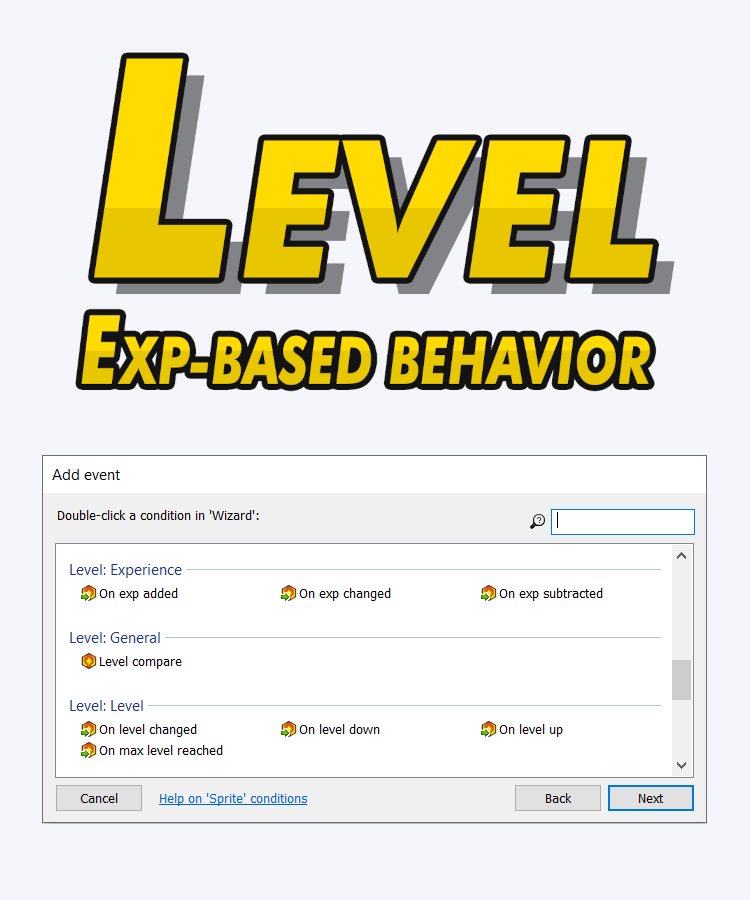

These trends were similar for deaths (Supplementary file 1) 11. In addition, numbers of injured individuals from GV rose from 23,000 in 2014 to 31,000 in 2017 it declined to 28,000 in 2018 and slightly rose to 30,000 in 2019 before dramatically increasing to 39,000 in 2020. Philadelphia is just one example of this, with 141 shootings in March of 2020, “making it Philadelphia's worst March for in 5 years” 10. cities, gun violence (GV) is reaching an all-time high. Recent data support the notion that in some U.S. However, other cities are experiencing a rapid increase in overall crime. A meta-analysis of 16 observational studies found a threefold greater odds of suicide and a twofold greater odds of homicide among participants who had firearm access compared to those who did not 9.ĭespite the increased risk factors for GV, some cities are reporting a paradoxical decrease in GV perhaps due to the stay-at-home orders. population during the pandemic, and access to firearms is independently associated with the risk of gun-related suicide and homicide 8. This suggests greater firearm access among the U.S. From March until June 2020, the FBI conducted 13,674,878 background checks for gun purchases, indicating a 42% increase in comparison to the same timeframe in 2019 7. revealed that during the COVID-19 stay-at-home orders, there was a significant increase in the number of criminal background checks for gun purchases. In addition, unemployment and financial strain, increased unscheduled time, and increased substance abuse may result in increased risk-taking behaviors, elevating the risk of violent crimes 5, 6.Īn assessment of gun purchases in the U.S. Combined, these forces may have created a climate with the potential to increase firearm-related suicides 5. Furthermore, the physical distancing necessary to curb transmission of the virus also disrupted social support networks. The orders forced businesses to close, leaving millions unemployed 4.

While the purpose of these orders was to decrease disease transmission, there were unintended consequences. As of April 20, 2020, 42 states and the District of Colombia were under stay-at-home advisories or shelter-in-place policies, affecting approximately 96% of the population in the U.S. had 33 million confirmed cases of COVID-19 and more than 600,000 deaths despite stay-at-home orders enacted in March 2020 and continued emphasis on social distancing, hygiene methods and vaccination. The coronavirus disease 2019 (COVID-19) global pandemic and the policies implemented to address it significantly impacted the psychological, physical, emotional, and financial well-being of almost all individuals living in the United States (U.S.) 1, 2. State-specific steps to mitigate violence, or at a minimum adequately prepare for its toll during the COVID-19 pandemic, should be taken. National and state-specific rates of GV were higher during the COVID-19 pandemic compared to the same timeframe 1 year prior. The risk of GV was significantly higher in 28 states and significantly lower in only one state. Nationally, GV rates were 30% higher between March 01, 2020, and Ma(during the pandemic), compared to the same period in 2019 (before the pandemic). Generalized linear mixed-effects models in the form of Poisson regression analysis were utilized to estimate the state-specific rates of GV. Daily police reports corresponding to gun-related injuries and deaths in the 50 states and the District of Columbia from February 1st, 2019, to March 31st, 2021 were obtained from the GV Archive. during the pandemic compared to before the pandemic. This report aims to estimate the relative risk of GV in the U.S. During the coronavirus disease 2019 (COVID-19) pandemic, gun violence (GV) in the United States (U.S.) was postulated to increase strain on already taxed healthcare resources, such as blood products, intensive care beds, personal protective equipment, and even hospital staff.


 0 kommentar(er)
0 kommentar(er)
